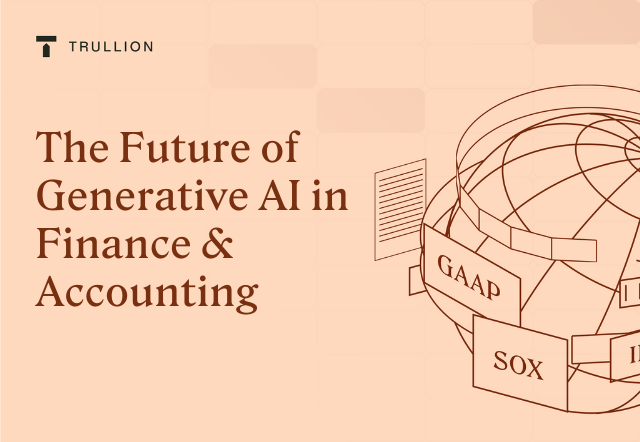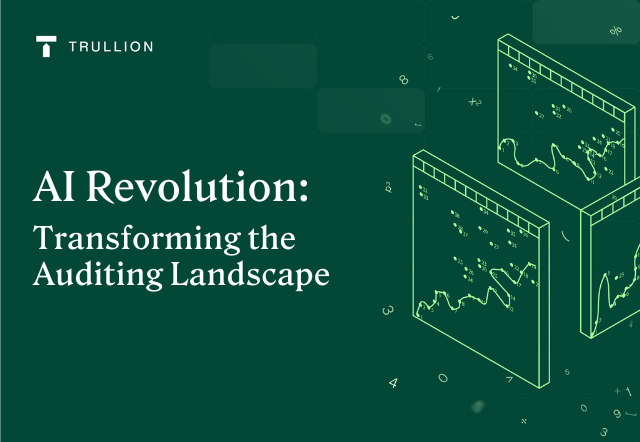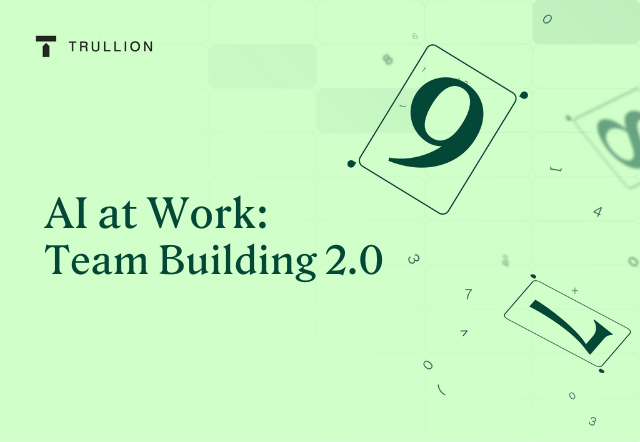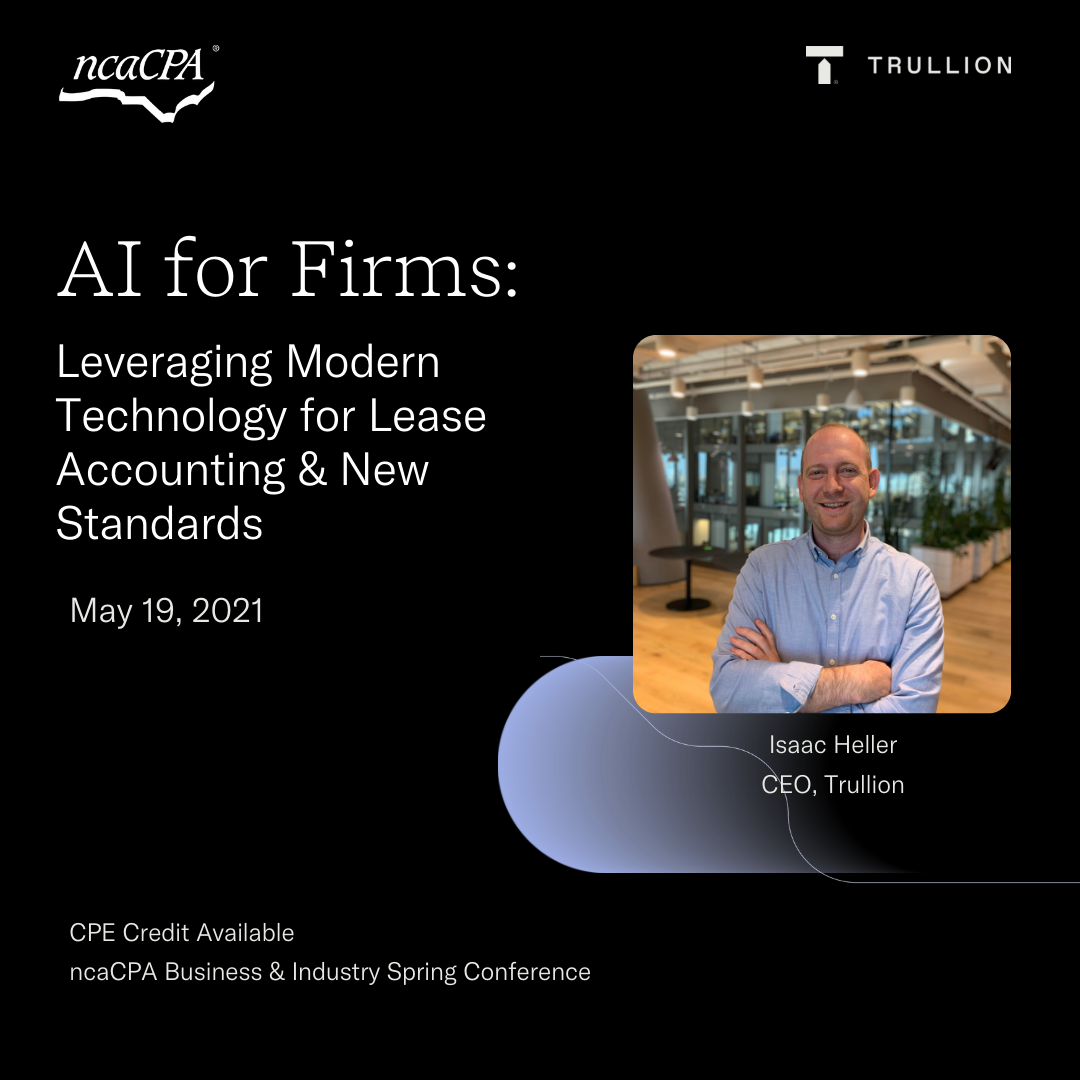For finance and accounting leaders, Generative AI (Gen AI) is increasingly becoming part of the conversation around value creation, although the specifics in terms of how to actually harness this technology are still unclear for many.
We’ll look at Gen AI in finance and accounting specifically, with a view to empower leaders in this field to leverage this technology immediately, as well as position their organization for long-term growth powered by Gen AI.
Current Uses of Gen AI in Finance and Accounting
Gen AI is already being used by many, from automatically suggesting wording for emails, to providing insights on internal analytics and external data. The main ways that Gen AI is currently being used include the following broad categories:
1. Enhanced Data Analysis and Reporting
Gen AI is revolutionizing the way financial data is analyzed and reported. By leveraging AI algorithms, finance professionals can now process vast amounts of data more efficiently, extracting valuable insights that were previously inaccessible due to the sheer volume of information.
Some Gen AI-powered tools already enable finance professionals to upload raw data from the ERP system, and generate insights such as product lines with growing profitability, early warning on slow-moving inventory items, opportunities for cost efficiencies, and anomalies that could be indicative of wastage or fraud. Reports can be automatically generated that highlight the key information most frequently requested by Board members (previous minutes of Board meetings can be used in the prompt).
2. Risk Assessment and Management
AI-driven models offer sophisticated risk assessment capabilities, allowing finance and accounting leaders to identify potential financial risks and manage them proactively. This not only reduces the likelihood of financial losses but also ensures compliance with evolving regulations.
A practical example best demonstrates this:
Background: A CFO at a mid-sized manufacturing company is facing challenges in managing credit risk. The company extends credit to its customers but has recently experienced an increase in late payments and defaults. This situation is affecting the company’s cash flow and financial stability.
Implementation of Gen AI
- Data Integration: The CFO begins by integrating Gen AI into the company’s financial systems. The AI system is fed with historical data, including customer payment histories, order details, market trends, and macroeconomic indicators.
- Pattern Recognition and Analysis: Gen AI uses machine learning algorithms to analyze this data, identifying patterns and correlations that humans might miss. It looks for signs that might indicate a higher risk of late payment or default, such as changes in order patterns, delayed payments in the past, or economic factors affecting specific customer sectors.
- Risk Scoring: The AI system develops a risk-scoring model. Each customer is assigned a risk score based on their likelihood of defaulting or paying late. This model continuously evolves as it learns from new data.
- Predictive Insights: The CFO uses these risk scores to make informed decisions. For customers with high-risk scores, the company might tighten credit terms, require advance payments, or increase follow-ups. For low-risk customers, more favorable terms could be offered, enhancing relationships and potentially increasing sales.
- Scenario Analysis: Gen AI also helps in conducting scenario analysis. The CFO uses AI to simulate various economic and market conditions (like a recession or a supply chain disruption) to understand how these scenarios could impact customer payment behaviors and the company’s financial health.
- Automated Alerts and Reporting: The AI system provides real-time alerts and reports, enabling the CFO to monitor risk levels continuously and react promptly to any emerging issues.
Outcome: By leveraging Gen AI in risk assessment and management, the CFO enhances the company’s ability to mitigate credit risk. This proactive approach leads to improved cash flow stability, reduced bad debt, and a more strategic approach to customer credit management.
3. Automated Transaction Processing
Automation of transaction processing, enabled by Gen AI, significantly reduces manual workload. This automation is particularly beneficial in areas like payroll, accounts payable, and receivable, where AI algorithms can handle repetitive tasks with greater accuracy and speed.
While the benefits to automated transaction processing are obvious on a tactical level, and certainly have freed up time for employees dealing with areas such as AP and payroll, there are strategic opportunities available to finance leaders:
- Impact on strategic resource allocation: By automating routine transaction processing, CFOs and other finance leaders can reallocate human resources towards more strategic tasks like financial analysis and planning, enhancing the strategic role of the finance department.
- Enhanced cash flow management: Automated systems provide real-time visibility into financial transactions, enabling CFOs to manage cash flow more effectively. This includes optimized payment timings, better management of receivables, and more accurate forecasting.
- Improved financial controls: Automation reduces the risk of human error and fraud. It also provides CFOs with detailed audit trails and consistent application of policies, strengthening financial controls.
As we can see, Gen AI is already being used by finance leaders to drive value. And this is just the tip of the iceberg.
Future Applications of Gen AI in Finance and Accounting
Gen AI is going to be increasingly used by finance and accounting leaders, with the following areas most likely to be the first to offer significant value creation:
- Predictive Financial Modeling: Gen AI will play a critical role in predictive modeling, offering deep insights into financial trends and helping businesses make more informed decisions. This will be a step beyond traditional financial forecasting, providing a more nuanced understanding of potential future scenarios.
- Real-time Financial Decision-making: With the continued advancement of AI technology, finance and accounting leaders will be able to leverage real-time data for instant decision-making. This agility will be crucial in responding to market changes and seizing opportunities as they arise.
- Enhanced Fraud Detection and Security: Gen AI will become increasingly sophisticated in detecting and preventing financial fraud. By analyzing patterns and identifying anomalies, AI systems will offer a more robust line of defense against financial crime.
Specific Applications of Gen AI in Finance and Accounting
McKinsey outlines three primary areas in which Gen AI will impact the finance function:
1. Automation
Gen AI is already adept at performing tedious tasks, like drafting financial reports or presentations. In the future, this capability will expand, allowing AI to handle more complex tasks, freeing up human resources for strategic thinking and decision-making.
2. Augmentation
AI’s ability to synthesize multiple pieces of information into a coherent narrative is transforming how financial data is understood and communicated. This augmentation of human productivity allows finance professionals to focus on higher-level analysis and interpretation of financial data.
3. Acceleration
One of the most significant impacts of Gen AI in finance and accounting is the acceleration of financial reporting cycles and the overall pace of innovation. By extracting and indexing knowledge more efficiently, AI shortens the time needed for financial reporting and analysis, enabling quicker responses to financial trends and changes in the market.
The good news is that these three elements can already be integrated into your organization through the use of Gen AI, with no risk or deep technology understanding required.
A Great Way to Start with Gen AI Implementation
Using an accounting solution that already includes a robust and battle-tested Gen AI functionality is the perfect way to experience the potential of Gen AI.
Take Trullion’s AI-powered automated accounting accounting software solution. Using the latest technology, it enables finance and accounting teams to:
- Reimagine workflows with a Gen AI-powered solution
- Enhance business performance: minimize operational costs, elevate productivity, and operate more efficiently; utilize Trullion’s AI to liberate your team, strategize more effectively, and contribute more significantly to business success
- Revolutionize your financial tools: transition from manual processes to automated efficiency, advancing your technological capabilities with cutting-edge accounting procedures, including lease and revenue management; provide your top talent with superior tools to expand their capabilities
- Bridge the risk divide: as accounting standards become more complex, the challenge to remain compliant intensifies – Trullion ensures you’re aligned with the latest regulatory changes, empowering you to approach audits with clarity and assurance
- Elevate your reporting game: use Trullion to create transparent, audit-ready reports easily accessible to all stakeholders
Gen AI can be accessed right now, to provide immediate ROI and open up a new world of efficiency and impact.
To learn more about implementing Trullion in your organization, reach out to a team member today.
Gen AI and the Future of Accounting and Finance
The continuing integration of Gen AI into finance and accounting is not just a trend but rather a fundamental shift in how we approach financial management and decision-making.
As a leader in this field, your role in embracing and shaping the application of Gen AI will be crucial in determining the future landscape of finance and accounting.











